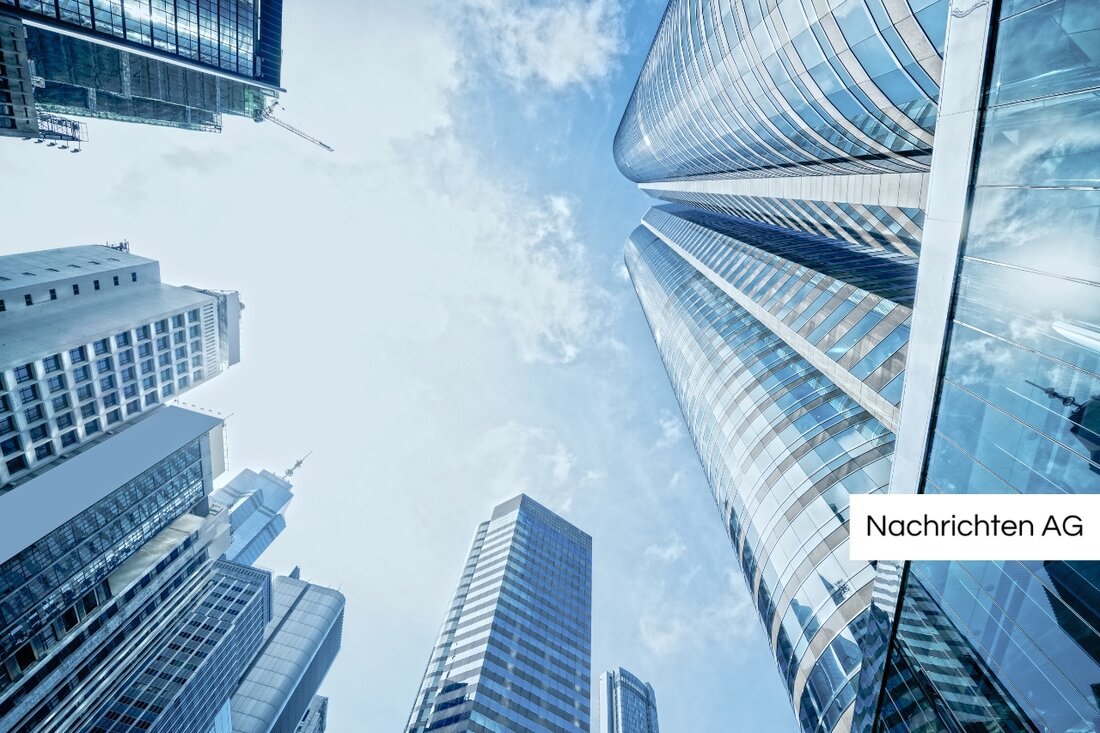Leipzig Zoo: Demolition of the bird hall provides protest and excitement!
Leipzig Zoo: Demolition of the bird hall provides protest and excitement!
In the heart of Leipzig, there are changes that affect both the urban landscape and the handling of history. The Leipzig Zoo is planning the demolition of the historic bird hall from GDR times, which has been considered a single monument since its construction in 1969. According to [lvz.de] (https://www.lvz.de/lokales/Leipziger-zoowill-einzeldenkmal-bilen-plaene-fuer-fuer-15-neue-Windraeder-Rettungs-Fuer-Kult-Pynipbdo7yawkl26ai.html), a new project called "Asiantische Island worlds ”. The bird hall is already closed and the zoo sees no other way out than the demolition, while monument protection officers vehemently fight for the preservation of the building.
The topic of monument protection is not only relevant in the zoo. The dispute over the preservation of historical buildings is also reflected in the discussion about the brickhalle in Leipzig, which Geißler considered unimportant. However, he plans to install solar collectors to create climate -friendly hot water, but encounters resistance, since the monument protection would only approve demolition if the building is proven to be proven to be proven. The MDR reports that Geißler was willing to clarify this conflict in case of doubt. Particular attention is also paid to the Deuben coal-fired power plant in Saxony-Anhalt, the decommissioning of which triggered a similar discussion for the coal phase-out.
buildings of the past versus current needs
What about monument protection in our time? In fact, the importance of historical buildings is increasingly being questioned. The German Foundation for Monument Protection in particular is strongly committed to sustainable monument conservation and sees the preservation of monuments as a lived sustainability. This view offers an exciting perspective on the challenges that are faced with monument protection, not least through the prejudices associated with it: monuments are often considered to be a hindrance to energetic progress and as little future -proof. The German Foundation for Monument Protection in this context would like to toast and show how monument preservation contributes to resource protection.
The debate also illuminates various approaches to urban development. The balance between the preservation of historical substance and the implementation of new, sustainable projects could not weigh more. While some actors insist on the past, other vigilance shows for the needs of an economically and ecologically sustainable future.
city life and entrepreneurship
In addition to the large construction sites, local life also has its challenges. The popular Späti "pantry" in Schleussig had to close because operator Andreas Kundt is fighting with financial difficulties. A circle of friends has already started to collect donations via crowdfunding to save the Späti. This shows how important small businesses are for the cityscape and the community, and, if necessary, also underlines how a coexistence can thrive in the city.
In the meantime, the Leipzig company Zopf is investing 100 million euros in the expansion of wind energy and plans the construction of 15 wind turbines in the southwest of the city, which represents a further step towards transformation into a more climate -friendly future. Six of the wind turbines that have already been approved achieve impressive heights of 234 meters and have an output of 4.2 megawatts.
There is a lot going on in the city: historical conflicts in monument protection, the need for sustainable energies and the protection of local business require a balanced approach for the future of Leipzig.| Details | |
|---|---|
| Ort | Leipzig, Deutschland |
| Quellen | |


Kommentare (0)